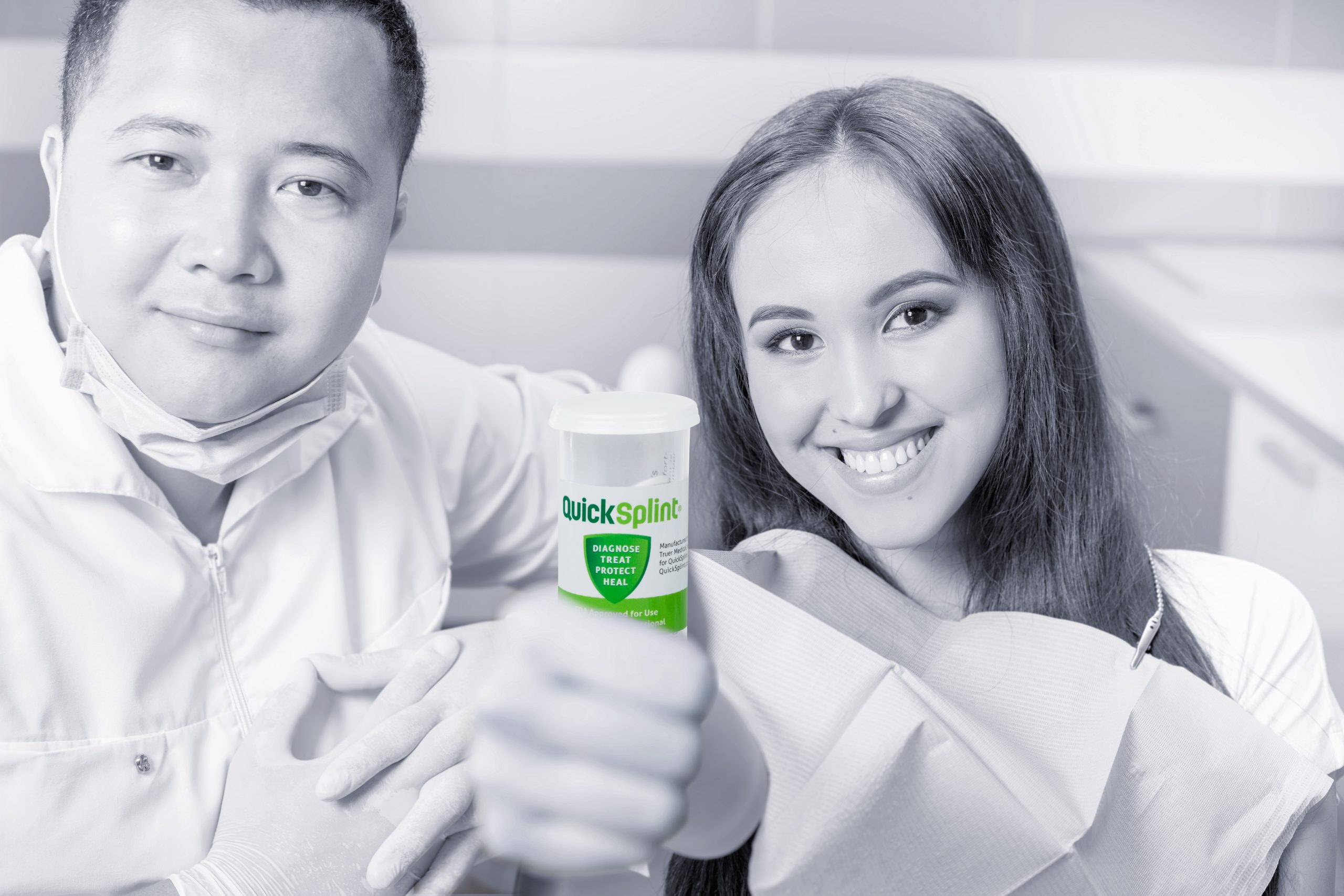
Endodontic pain can be difficult to diagnose and manage. Many times, the patient presents with vague and diffuse pain with multiple teeth that are painful and respond abnormally to endodontic testing. This is because odontogenic pain can act as a powerful trigger for increasing parafunction. The increased parafunction then leads to myofascial pain which can be quite severe. Conversely, parafunction can act as a trigger for odontogenic pain.
In these situations, it is best to manage the myofascial pain first and then re-evaluate the patient at a later date. This will prevent misdiagnosis and unnecessary procedures which can make the patient worse. Furthermore, many post-op exacerbations in pain can be attributed to the treated tooth shifting into hyperocclusion after endodontic treatment is complete. The hyperocclusion leads to increased parafuntion in a large subset of the patient population.
Faced with nonspecific test results, testing for myofascial trigger activity can be part of the differential diagnosis. QuickSplint® is placed quickly and easily by the doctor or staff for immediate delivery. Worn overnight for one to two weeks, QuickSplint® will interfere with muscle hyperactivity or pressure-induced sensitivity. If the patient’s pain is myofascial in origin, these symptoms should reduce. Re-evaluation will then help clarify diagnoses and localize the source and etiology of the pain.
During the post-surgical healing phase, direct coronal trauma can result in pain, fracture, and possibly compromise the speed of healing. QuickSplint® immediately removes the potential of occlusal trauma, giving the instrumented tooth time to fully heal from apical inflammation. QuickSplint® can be easily placed by the staff or doctor at the completion of root canal therapy.
QuickSplint® is an anterior bite plane for the treatment of parafunctional clenching behavior, interference with parafunctionally-induced muscle pain and headache, and the protection of teeth and restorations. It is a cost-effective, easy to make, semi-custom splint that interferes with abnormal masseter muscle activity and the corresponding referred pain. QuickSplint® is designed for short-term use. Jaw Rx-ercises are daytime exercises performed on a repetitive basis throughout the day to relax the jaw and reduce muscle-guarding behaviors.
